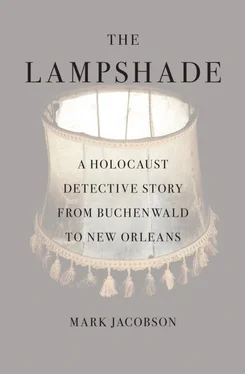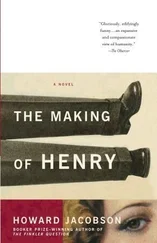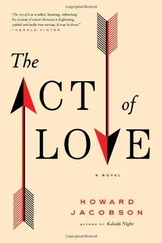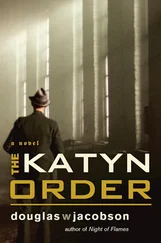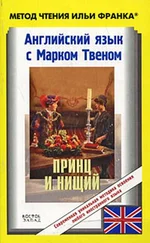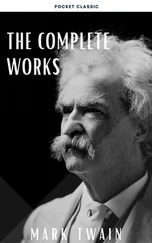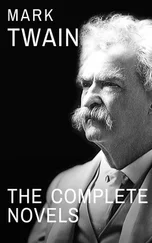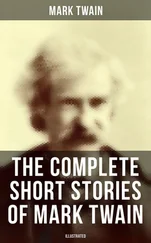This book would not exist without the participation of the major “characters” I write about, people like Farid Abu Gosh, Andy Antippas, Doña Argentina, Yehuda Bauer, Bob Bever, Denier Bud, Avi Domb, Dave Dominici, Dr. John, David Duke, Skip Henderson, the brilliant and thoughtful Ken Kipperman, Volkhard Knigge, Frank Minyard, Cyril Neville, Stephanie Rhodes-Navarre, Wolfgang Röll, Albert Rosenberg, Aharon Seiden, Avner Shalev, Harry Stein, Daniel Strauss, Dyanne Thorne, and Rabbi Uri Topolosky. All these people contributed to this book in ways I could not have imagined before I spoke to them. In this cast, I’d like to single out Shiya Ribowsky, the forensic cantor, who sent the samples of the shade to the Bode lab and advised me on a number of seemingly indecipherable issues. A rabbi of the best sort, a mensch of epic proportions, Shiya will someday be offered the job of running the world but will be too smart to take it.
This would have been a different book without the efforts of Anetta Kahane, founder and chairperson of the Berlin-based Amadeu Antonio Foundation. An indomitable neo-Nazi fighter, Anetta’s scholarship, hell-bent attitude, and voluminous Rolodex opened many corridors of investigation that would have been shuttered to a non-German-speaking American reporter. She is a wonder. I must also thank Andrés Nader and Heike Radvan, also of the Amadeu Antonio Foundation, for their assistance. Others who must be mentioned are Joseph Almog, Alvin Babineaux, Michael Berenbaum, Robby Berman, Micha Brumlik, Melvin Bukit, the Bywater Bone Boys, Dan Christian, Rabbi Edward Cohn, Joe Coleman, the mysterious D, Dani Dominici, Patsy Dominici, Lawrence Douglas, Gaynielle Dupree, Steve Fishman, Terry Fredericks, the late Jamie Gillis, Sallie Ann Glassman, Gitty Grunwald, Rio Hackford, Taylor Hackford, Joe Hargrave, Deborah Harris, Baruch Herzfeld, Werner Herzog, Lance Hill, the late Khalil Islam, the late, much-missed Bob Izdepski, Susan Izdepski, Cathy Kahn, Ben Kiernan, Paula Kipperman, Yaakov Kleiman, Antonin Kratochvil, Anne Levy, Wynton Marsalis, Guy Martin, Steve Mass, Michael Melnitzky, Dr. Charles Melone, Terry Melton, Case Miller, Priestess Miriam, Captain Frederick Morton, the Mütter Museum, Aaron Neville, Art Neville, Charles Neville, Levi Okunov, Mr. Paul of Bon-Bon Lighting, Lawrence Powell, Hugo Ramirez, Walter Reich, Plater Robinson, Thane Rosenbaum, Diane Saltzman, Dr. Raynard Sanders, Barry Scheck, Isaac Schoenfeld, the late Budd Schulberg, Tom Segev, Bob Shaller, Uriel Simon, Larry “Ratso” Sloman, Christy Smith, Clyde Snow, Sabine Stein, Steve the Biker, Michael Taussig, Scott Thode, Ed Ward, Allison Wells, Denis Woychuk, Peter Zeitlinger, and Sylvia Zeitlinger. Extra shout-out to Roi Melech for being in the right place at the right time: keep shaking and baking, baby. Special thanks to James Hamilton, my longtime colleague and treasured friend who took the lampshade photo on the book cover.
Since living is important when writing a book, I must offer fond gratitude to Adam Moss, my boss at New York magazine, for allowing me to write this and not firing me. My good friend John Homans, who edits my magazine stuff at New York, read an early draft of this book and, as always, had a few, but decisive, comments. Editors are really the writer’s friend, except when they’re not. Ruth Fecych at Simon & Schuster is a friend indeed. She fine-toothed through this pile of pages with rapier zeal and much-appreciated good cheer. I don’t know how she turned out to be right about so many things, but she was. Adam Parker helped with some nifty fact checking. Beyond all that is the family, my ever-lovin’ wife, Nancy Cardozo, and der kinder, Rae, Rosalie Sue, and Billy Jacobson. They’re older now, in college and through it, and have gotten used to snarly ol’ Dad typing away. They humor me; they weren’t crazy about having the lampshade in the old homestead for two years, but were good sports. Love to them, always.
In the end, though, there is the lampshade itself: anonymous soul, surviving memory of terror, mute redeemer.
Abzug, Robert H. Inside the Vicious Heart: Americans and the Liberation of Nazi Concentration Camps . New York: Oxford University Press, 1985.
Aly, Götz. Hitler’s Beneficiaries: Plunder, Racial War, and the Nazi Welfare State . New York: Metropolitan Books, 2007.
“Anti-Semitism in Former East Germany.” Amadeu Antonio Foundation exhibition, Berlin, 2007.
Armstrong, Louis. Louis Armstrong, In His Own Words: Selected Writings . New York: Oxford University Press, 2001.
Bankier, David, ed. Secret Intelligence and the Holocaust: Collected Essays from the Colloquium at the City University of New York . Jerusalem: Yad Vashem, 2006.
Bauer, Yehuda. Rethinking the Holocaust . New Haven, Conn.: Yale University Press, 2001.
Blassingame, John W. The Slave Community: Plantation Life in the Antebellum South . New York: Oxford University Press, 1972.
Breitman, Richard, Norman J. W. Goda, Timothy Naftali, and Robert Wolfe. U.S. Intelligence and the Nazis . Cambridge: Cambridge University Press, 2005.
Breytenbach, Breyten. “A Visit to Buchenwald.” MLN 118, no. 5 (December 2003): 1274—97.
Brinkley, Douglas. The Great Deluge: Hurricane Katrina, New Orleans, and the Mississippi Gulf Coast . New York: William Morrow, 2006.
Brown, Dan. The Da Vinci Code . New York: Doubleday, 2003.
Browning, Christopher R. Ordinary Men: Reserve Police Battalion 101 and the Final Solution in Poland . New York: HarperPerennial, 1993.
Cheney, Annie. Body Brokers: Inside America’s Underground Trade in Human Remains . New York: Broadway Books, 2006.
Codrescu, Andrei. New Orleans, Mon Amour: Twenty Years of Writings from the City . Chapel Hill, N.C.: Algonquin Books of Chapel Hill, 2006.
Cohn, Nik. Triksta: Life and Death and New Orleans Rap . New York: Vintage, 2007.
Cole, Tim. Selling the Holocaust: From Auschwitz to Schindler: How History Is Bought, Packaged, and Sold . New York: Routledge, 2000.
Coleman, Joe. Internal Digging . Berlin: KW Institute of Contemporary Art, 2007.
Conner, Steven. The Book of Skin . Ithaca, N.Y.: Cornell University Press, 2004.
Conrad, Joseph. Heart of Darkness . London: Penguin, 2007.
Crowell, Samuel. “The Gas Chamber of Sherlock Holmes: An Attempt at a Literary Analysis of the Holocaust Gassing Claim,” 2000, www.codoh.com/incon/inconshr123.html.
DeLillo, Don. Running Dog . New York: Random House, 1978.
Dodd, Christopher J. Letters from Nuremberg: My Father’s Narrative of a Quest for Justice . With Lary Bloom. New York: Crown, 2007.
Douglas, Lawrence. “The Shrunken Head of Buchenwald: Icons of Atrocity at Nuremberg.” In Visual Culture and the Holocaust, edited by Barbie Zelizer, 275. New Brunswick, N.J.: Rutgers University Press, 2001.
Eckermann, Johann Peter. Conversations of Goethe . Cambridge, Mass.: Da Capo Press, 1998.
Foner, Eric. Reconstruction: America’s Unfinished Revolution, 1863—1877 . New York: Harper & Row, 1988.
Gedenkstätte Buchenwald, ed. Buchenwald Concentration Camp 1937—1945: A Guide to the Permanent Historical Exhibition . Compiled by Harry Stein. Frankfurt: Wallstein Verlag, 2004.
Gill, James. Lords of Misrule: Mardi Gras and the Politics of Race in New Orleans . Jackson: University Press of Mississippi, 1997.
Goethe, Johann Wolfgang von. Faust . Many translations.
Goldhagen, Daniel Jonah. Hitler’s Willing Executioners: Ordinary Germans and the Holocaust . New York: Random House, 1997.
Читать дальше
